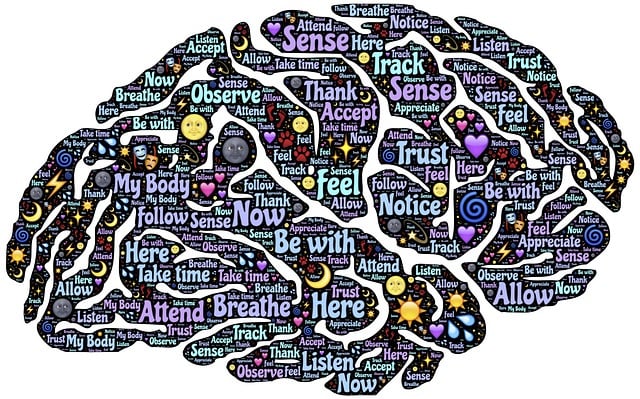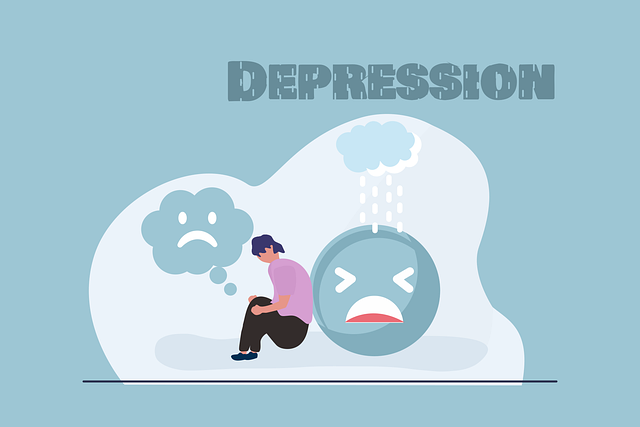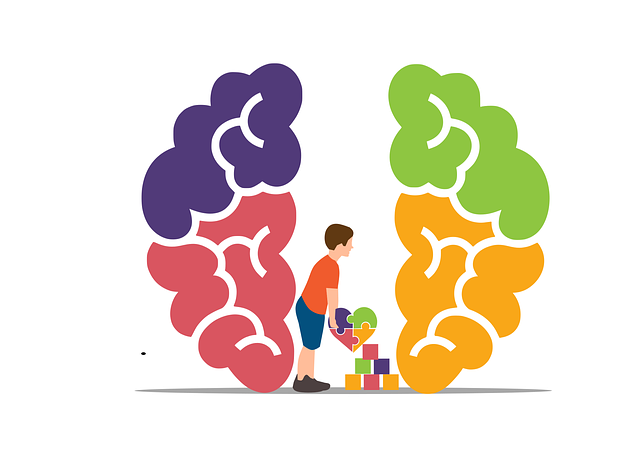Evaluating Lone Tree First Responders Therapy (LTFRT) requires a combined quantitative and qualitative approach. Statistical analysis tracks changes in metrics like stress levels, symptom severity, and participation rates. Qualitative surveys gather insights into participants' subjective experiences, focusing on strengths, mood management, and self-care routines. This holistic method ensures LTFRT's effectiveness is measured both objectively (numbers) and subjectively (personal stories), aligning with its goals of building empathy, boosting self-esteem, and fostering resilience through practices like Mindfulness Meditation and Confidence Boosting.
Evaluating mental wellness programs is crucial for ensuring their effectiveness and long-term impact. This article explores robust evaluation methods, delving into both quantitative and qualitative approaches. We discuss metrics like participant satisfaction and clinical outcomes, emphasizing the power of statistical analysis and surveys. For instance, Lone Tree First Responders Therapy has utilized survey data to gauge improvements in emotional well-being. Additionally, we uncover the significance of participant feedback through open-ended questions and interviews, ensuring their voices are heard. Longitudinal tracking methods are also explored, showcasing how ongoing assessments reveal the true potential of programs like Lone Tree First Responders Therapy.
- Assessing Program Impact: Quantitative and Qualitative Approaches
- – Discussion on metrics for measuring success of mental wellness programs
- – Importance of statistical analysis and surveys in evaluating effectiveness
Assessing Program Impact: Quantitative and Qualitative Approaches

Evaluating the impact of a mental wellness program is multifaceted, combining both quantitative and qualitative methods to gain a comprehensive understanding of its effectiveness. Quantitative approaches involve measuring outcomes through statistical analysis of data such as surveys, before-and-after comparisons, and metrics tracking participant engagement. These methods provide hard numbers on participation rates, changes in symptoms, and overall program success, offering a clear picture of the Lone Tree First Responders Therapy program’s reach and efficiency.
Qualitative techniques, on the other hand, delve into participants’ subjective experiences, providing insights into the program’s impact on their lives. Techniques like interviews, focus groups, and open-ended surveys allow individuals to share personal stories, reflect on their journey, and express improvements in areas such as inner strength development, mood management, and self-care routine development for better mental health. By combining both approaches, evaluators can assess not only the program’s overall effectiveness but also its specific contributions to participants’ well-being.
– Discussion on metrics for measuring success of mental wellness programs

When evaluating the success of mental wellness programs, such as those offered by Lone Tree First Responders Therapy, it’s crucial to go beyond simple satisfaction surveys. Metrics for measuring success should be holistic and tailored to the specific goals of the program. For instance, if one of the key objectives is empathy building strategies, outcomes could be gauged through participant feedback on their ability to connect with others, as well as improvements in interpersonal relationships reported over time. Similarly, programs focusing on self-esteem improvement might track changes in self-reported confidence levels and the number of participants engaging in activities once avoided due to low self-worth.
Additionally, evaluating mental wellness programs through the lens of mind over matter principles can involve assessing participants’ adoption of coping mechanisms and resilience strategies. This could include tracking reductions in stress levels, improvements in sleep quality, or increased ability to manage challenging situations without resorting to unhealthy coping mechanisms. These metrics provide a comprehensive view of program effectiveness, moving beyond immediate satisfaction to measure lasting impact on participants’ mental health and well-being.
– Importance of statistical analysis and surveys in evaluating effectiveness

Evaluating the effectiveness of mental wellness programs is a multifaceted process that heavily relies on statistical analysis and surveys to gain quantitative and qualitative insights. Statistical methods play a pivotal role in understanding the impact and outcomes associated with various interventions, such as those provided by Lone Tree First Responders Therapy. By analyzing data collected from pre- and post-program assessments, researchers and practitioners can identify significant changes in participant well-being, including improvements in stress reduction, emotional regulation, and overall mental health.
Surveys are another critical tool in this evaluation process. They allow participants to provide feedback on their experiences, perceptions of program effectiveness, and the degree to which practices like Mindfulness Meditation and Confidence Boosting have positively influenced their lives. By combining statistical analysis with survey responses, evaluators can assess not only the measurable outcomes but also the subjective experiences and mindsets that underpin mental wellness. This comprehensive approach ensures that programs, guided by principles of Mind Over Matter, are tailored to meet the diverse needs of participants.
The evaluation of mental wellness programs, such as those implemented by organizations like Lone Tree First Responders Therapy, is a multifaceted process. By combining quantitative metrics with qualitative insights, we can gain a comprehensive understanding of program impact. Statistical analysis and participant surveys offer valuable data on improved mental health outcomes, while in-depth interviews provide rich context and personal stories of transformation. Integrating these methods ensures that mental wellness initiatives are not only effective but also tailored to meet the unique needs of those they serve.














